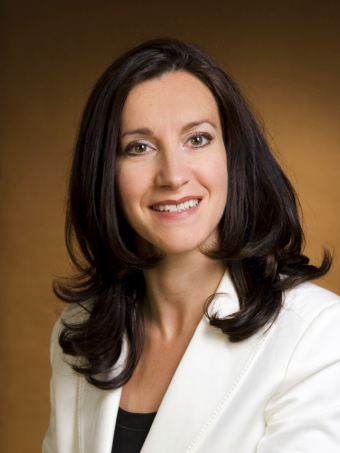How To Use CT3+V: An Equation For Creating Facial Beauty
/ CT3+V = A simple equation for creating or restoring facial beauty.
CT3+V = A simple equation for creating or restoring facial beauty.
We all know that "Beauty" is in the eye of the beholder. When it comes to creating and restoring facial beauty, we collaborate and negotiate with our patients (and sometimes their family and friends) to optimize the result and reduce the risk by using more conservative aliqotes of different techniques and technologies. Each practitioner brings their own unique skill-set and biases to the procedure room. We (hopefully) listen to the patient requests, evaluate what the underlying structure, tolerance for downtime and discomfort, economic consequenses and duration of effect is, to be able to offer the patient a scientifically valid, safe, sensible treatment plan. Then, we present a palette of procedures, techniques and technologies to consider.
What sets successful docs with many happy patients apart from the rest of the competition is attention to detail, listening to their patients (and sifting out the unrealistic ones) and having a plan that is recreated in some form (it's never the exactly the same twice) again and again.
My equation (tool) for discussing and creating facial beauty (or re-creating a more youthful appearance) is CT3+V = Beauty... short for Color, Texture, Tone, Tightness and Volume (in proportion or re-establishing proportion)
When the patient (on request) brings pictures of their face and neck that show them in yourthful repose, it is a strong tool to build consensus of what procedures and when in the scheme of possiblities, to pursue. Compare the old photos to current digital pictures obtained in 5 views-front-quarter and side views against a solid background with decent lighting and a portrait lens. Now diagnose the changes and educate the patient on the many ways you have to enhance and revitalize the issues you uncover in a systematic manner:
Color-pigment mottling and broken blood vessels respond well to various IPL's, NdYAG's, PDL's and KTP lasers depending on the patient's heritage (Fitzpatrick or Lancer skin type);
T3 (Texture, Tone and Tightening)-decide if the issues are epidermal, dermal or sub-cutaneous and treat with chemical or laser peels, focused ultrasound or radio-frequency and remember the skin looks better when "on-stretch", so Volume and surgery fit here too. Toxins soften the dynamic wrinkles and shape the brow, but should be delivered in a artful manner that yields a natural, rather than "done" result;
Volume-Pierre Fournier, MD (Paris) taught us that "the look of youth is full" and the current saying "size matters" comes in to play here too. Youthful features are generally softer and rounder, age makes them more severe and hollow. Surgery helps take the luff out of the sail or the sag out of the jowl and neck, but does not effect volume very effectively. Volume is at least as (and maybe more) important long term. Fat and fillers (I prefer fillers for face) are a great way to go as long as you educate the patient as to how much it will really take and offer them permanent fillers (like Artefill in the USA) that can serve them well long term, once they find the look they want to preserve.
So-with every patient: define the issues, make a mutually agreeable long term plan, track the progress with digital pictures and keep an open dialog and flexibility, so that both you and your patient achieve happiness and WOW results long term. Happy patients refer their friends. Surviving aesthetic medicine these last 15 years is no accident....it's all been done with mirrors and this equation!

 A
A



